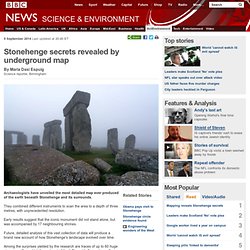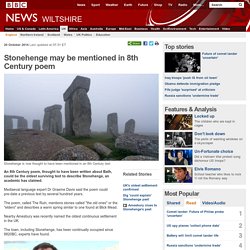

Comp Cams XFI Xtreme Truck GM 5 3 6 0L Complete Roller Cam Kit 208 212 554 558. Howard's Cams LS Series Chevy 281 284 Cathedral Port Roller Camshaft Lifters. Some of the reasons to buy from Fast Times Performance: Lowest price, guaranteed!

If you see a lower advertised price we will beat that price by 5%! We stock all parts advertised. We are a company you can trust. You ALWAYS get what you order and get it FAST -- 1 to 3 days via FedEx. Our return policy is the BEST. We ship the same day if purchased before 3PM CST. What methods of payment do you accept?
We accept Paypal, major credit cards, personal checks, cashier's checks. Can I pay by C.O.D.? Sorry, we do not accept C.O.D. payments at this time. If I pay with PayPal -- will you ship to an unconfirmed address? Sorry, we will not ship to unconfirmed addresses as a general rule. If you have any questions about how to confirm your address, please visit PayPal's help center. We ship all of our items via Fedex . After your order has been processed and shipped, Fedex usually takes 1-4 business days to deliver. What methods of payment do you accept?
Howard's Cams LS1 LS2 LS6 Chevy 287 290 115° Cathedral Port Roller Camshaft. Some of the reasons to buy from Fast Times Performance: Lowest price, guaranteed!

If you see a lower advertised price we will beat that price by 5%! We stock all parts advertised. We are a company you can trust. You ALWAYS get what you order and get it FAST -- 1 to 3 days via FedEx. Our return policy is the BEST. We ship the same day if purchased before 3PM CST. What methods of payment do you accept? We accept Paypal, major credit cards, personal checks, cashier's checks. Tips for Mental Health - Health Mobile. 5 Science-Backed Reasons Why Music is Good for You. Stonehenge 'may have been giant musical instrument' Climate change 'will make lightning strike more' Stonehenge 'complete circle' evidence found. 30 August 2014Last updated at 00:54 ET Archaeologists say the discovery adds weight to the theory that Stonehenge was once a complete circle Evidence that the outer stone circle at Stonehenge was once complete has been found, because a hosepipe used to water the site was not long enough.

Parch marks in the grass, in an area that had not been watered, have revealed places where two "missing" huge sarsen stones may once have stood. The marks were spotted by an English Heritage steward who alerted archaeologists to their existence. Previous scientific techniques such as geophysics failed to find any evidence. Historians have long debated whether Stonehenge was a full or incomplete circle, with some arguing a lack of stones in the south-west quadrant is proof it was never complete. A scientific paper which adds weight to the "complete" theory has been published in the latest issue of the journal Antiquity. The parch marks were seen during hot, dry weather in July last year.
Stonehenge secrets revealed by underground map. 9 September 2014Last updated at 20:40 ET By Maria Dasi Espuig Science reporter, Birmingham Archaeologists have unveiled the most detailed map ever produced of the earth beneath Stonehenge and its surrounds.

They combined different instruments to scan the area to a depth of three metres, with unprecedented resolution. Early results suggest that the iconic monument did not stand alone, but was accompanied by 17 neighbouring shrines. Future, detailed analysis of this vast collection of data will produce a brand new account of how Stonehenge's landscape evolved over time. Among the surprises yielded by the research are traces of up to 60 huge stones or pillars which formed part of the 1.5km-wide "super henge" previously identified at nearby Durrington Walls. "For the past four years we have been looking at this amazing monument to try and see what was around it," Prof Vincent Gaffney, from the University of Birmingham, said at the British Science Festival. Stonehenge may be mentioned in 8th Century poem.
20 October 2014Last updated at 07:31 ET Stonehenge is now thought to have been mentioned in an 8th Century text An 8th Century poem, thought to have been written about Bath, could be the oldest surviving text to describe Stonehenge, an academic has claimed.

Mediaeval language expert Dr Graeme Davis said the poem could pre-date a previous text by several hundred years. The poem, called The Ruin, mentions stones called "the old ones" or the "elders" and describes a warm spring similar to one found at Blick Mead. Nearby Amesbury was recently named the oldest continuous settlement in the UK. The town, including Stonehenge, has been continually occupied since 8820BC, experts have found.
Graeme Davis said the stones could have been named in the poem Mr Davis, a research fellow at the University of Buckingham, said he knew of the poem for "many years" and his new translation took ten hours to complete. "Reading it through, it's describing a ruin and Stonehenge. Stonehenge experiment to be repeated with 'lost' stones. Stonehenge experiment to be repeated with 'lost' stones.